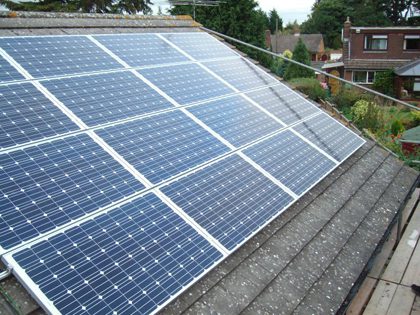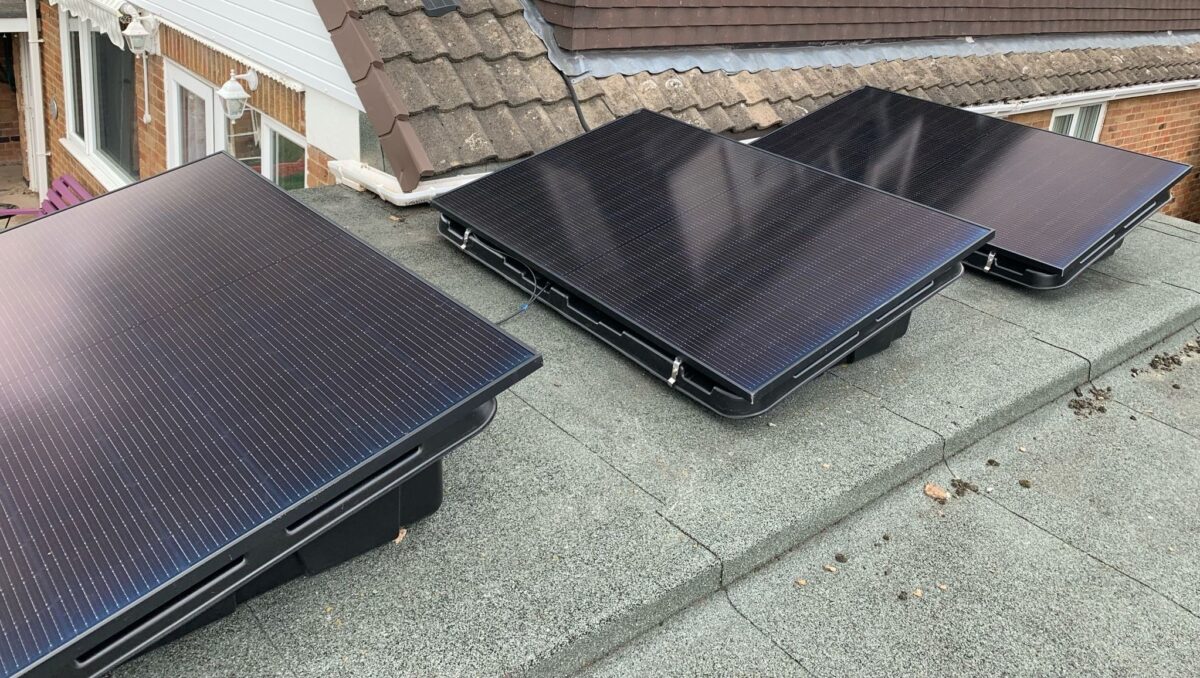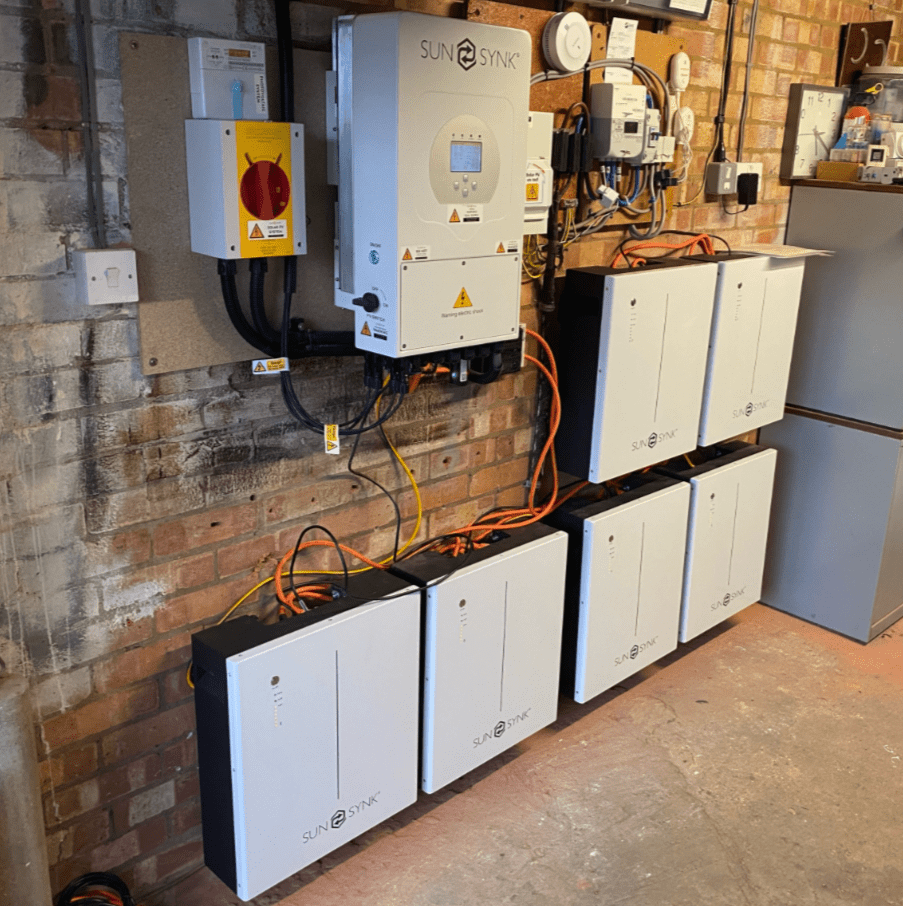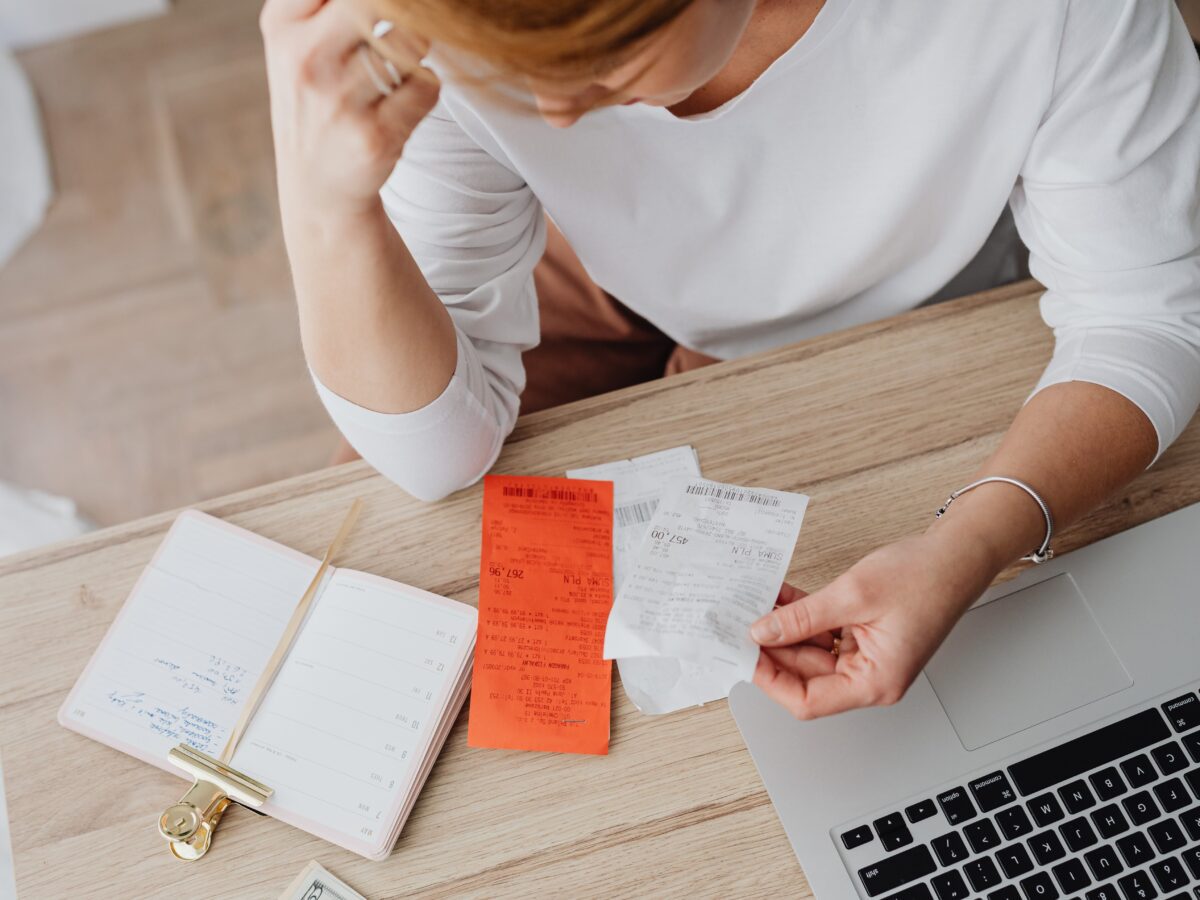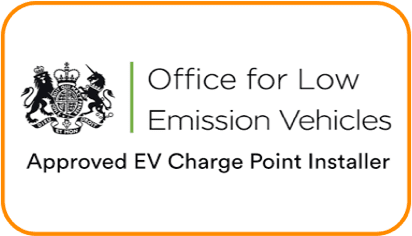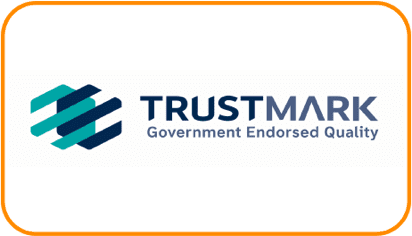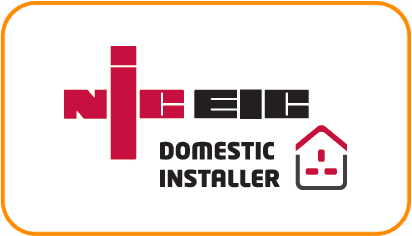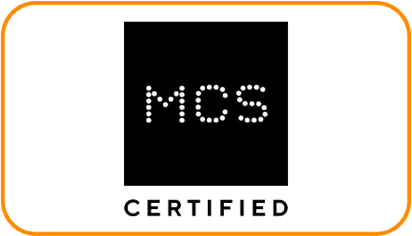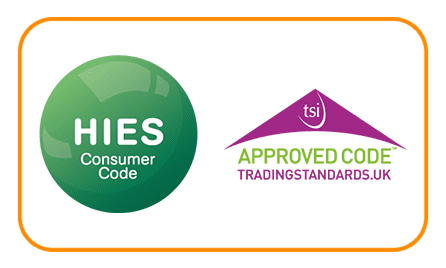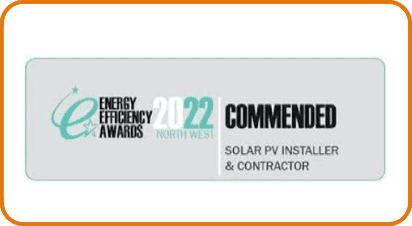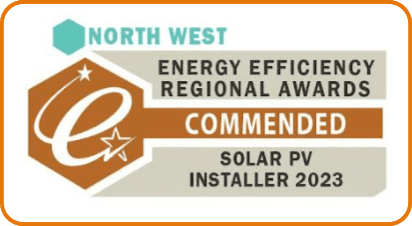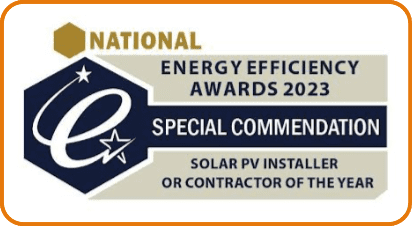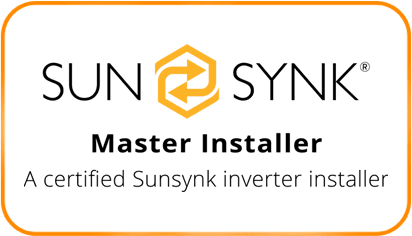The district network operators (DNOs) are the governing bodies on this matter, they decide.
The procedure that solar PV installers use is to notify DNOs within 30 days of commissioning an installation of up to a 4 kW solar system, however, a second application must now be made when looking for permission from the DNOs when installations reach 3.7kW+ or multiple systems using the same postcode (same building, 2+ roofs). Permission must be granted before the solar PV installation can be connected to the power grid.
Scottish and Southern Energy (SSE) explain the situation as follows: “The effect which concerns us most is the rise in voltage caused by power flowing in the opposite direction when the PV output is greater than the customer’s load. The electricity network in the UK has been designed for power flows from higher voltages down to lower voltages and finally to the customer. No allowance was made in the system design for power flowing in the opposite direction.”
“For a single property with the maximum generation allowed under G83, of 3.7kW, there will be many times when power is being exported from a property. Most of this will be absorbed by adjacent properties and will not feed back into higher voltage systems and will generally not cause a problem, though it might do in some circumstances. However … where multiple installations are proposed, it is more likely that power will flow in the opposite direction to that for which the system was designed.”
Often Solar PV installations are done in groups, several installations in a ‘small’ area, as someone has a Solar Panel installed, their neighbours notice and become interested in Solar Power as a Renewable Energy source for their own home, and so on, all the way down the street on occasions, thus having a denser degree of PV installations in a ‘small’ area.
In the short term, there may be some confusion, as installers get used to the changes and DNOs introduce new ways of working. So it makes sense to ask your installer whether they need to apply for permission, and if in doubt, check.
